
Professional integrated housing one-stop solution provider
including prefabricated container house, modular building and steel structure etc.
Customized Project
Mobile Toilet
Detachable Container House
Prefab House
Expandable Container House
Shipping Container House
Steel Structure Building
Container House
In an era marked by rapid urbanization, environmental consciousness, and the quest for flexible living solutions, container houses have emerged as a groundbreaking innovation in architecture and construction. These structures, repurposed from shipping containers or custom-built using container-like modules, offer a blend of sustainability, affordability, mobility, and design versatility that challenges traditional building norms. This article delves into the core advantages of container houses, exploring how they address contemporary societal needs while paving the way for a more adaptive and eco-friendly built environment.
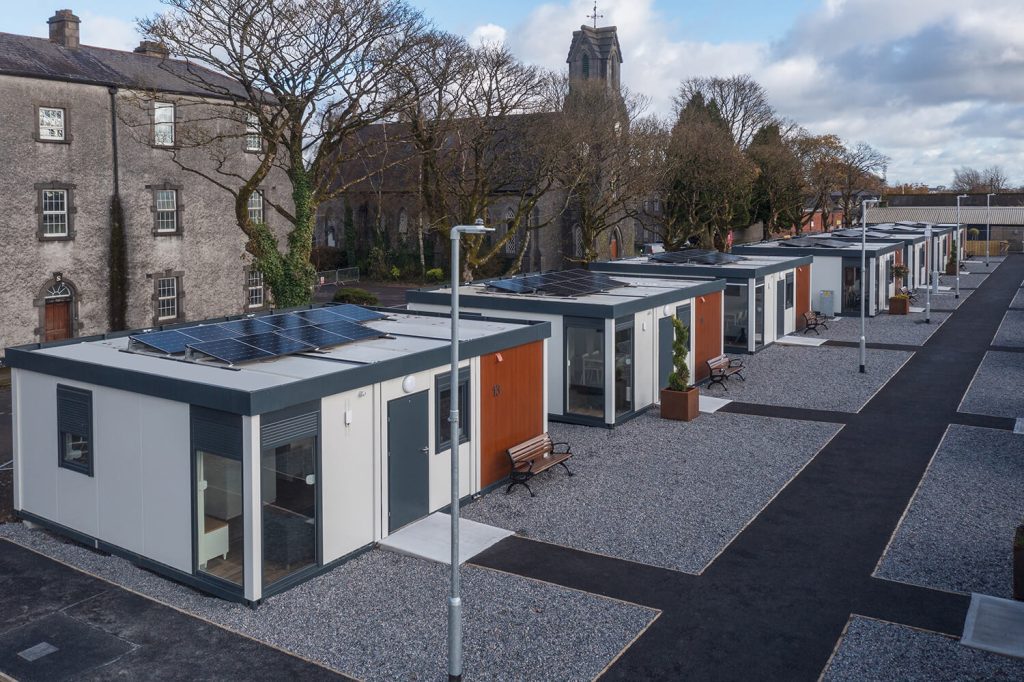
One of the most compelling advantages of container houses lies in their inherent sustainability. Shipping containers, the primary raw material for many of these structures, are robust steel units originally designed for global cargo transport. When their operational life in logistics ends, repurposing them into living spaces prevents them from becoming industrial waste, reducing the demand for new construction materials and minimizing landfill contributions. Each repurposed container saves approximately 3,500 kilograms of steel from being discarded, a significant contribution to circular economy principles.
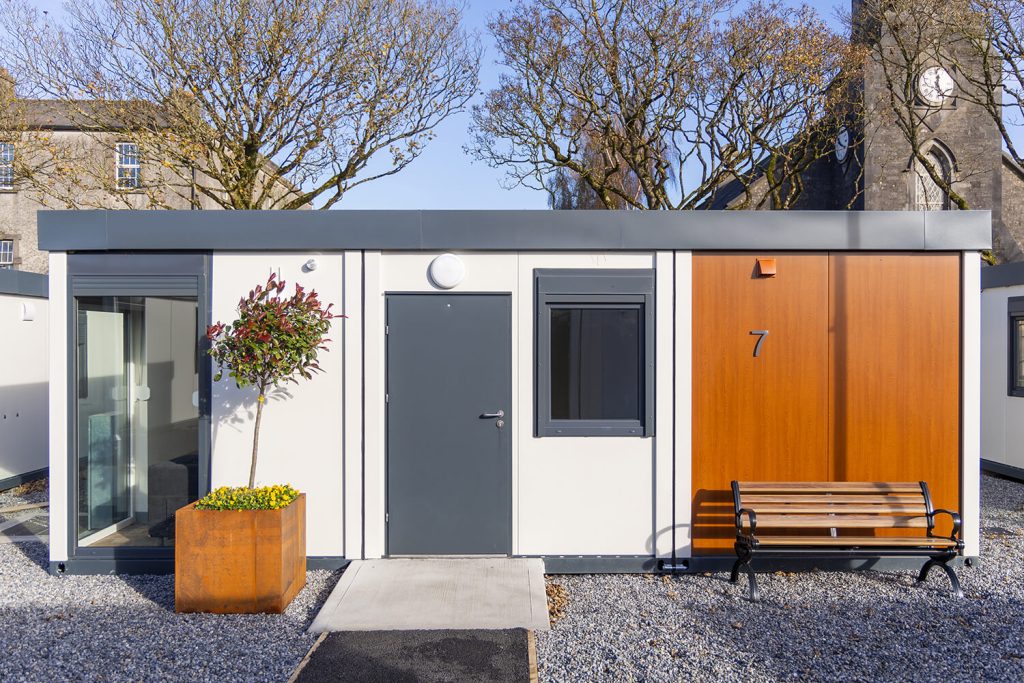
Moreover, the energy consumption involved in manufacturing new containers or modifying existing ones is far lower than that of traditional construction. Traditional buildings require substantial energy for extracting and processing materials like concrete, brick, and lumber, whereas container houses leverage pre-existing structures, cutting down on embodied energy by up to 70%. Additionally, many container homes incorporate eco-friendly features such as solar panels, rainwater harvesting systems, and energy-efficient insulation, further enhancing their sustainability profile. These elements align with global efforts to combat climate change, making container houses an ideal choice for environmentally conscious homeowners and developers.
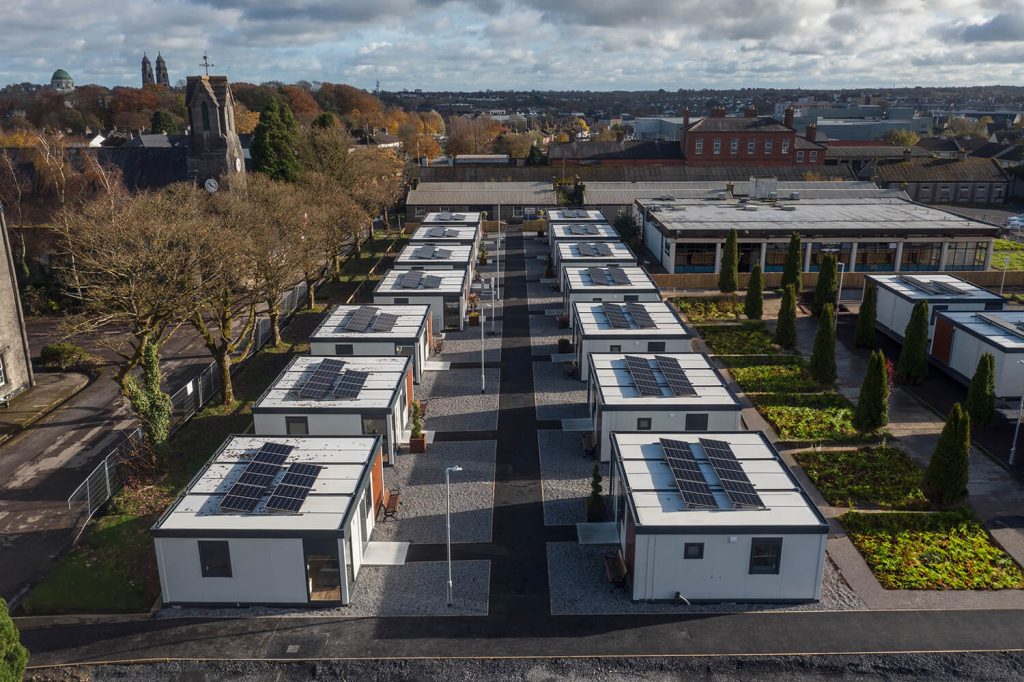
Cost efficiency is another major draw of container houses. Compared to conventional brick-and-mortar buildings, container homes offer substantial savings in both material and labor costs. A standard 20-foot shipping container can be purchased for as little as 1,500 to 3,000, significantly cheaper than the cost of materials required to build a similar-sized traditional structure. Even when accounting for modifications such as cutting openings for windows and doors, installing utilities, and adding finishes, the total cost per square foot of a container house is often 30-50% lower than traditional construction.
The speed of construction also contributes to cost savings. Container houses are largely prefabricated in factories, where controlled conditions allow for efficient assembly and reduced labor time. Unlike on-site construction, which is susceptible to delays caused by weather, supply chain issues, or labor shortages, modular container units can be customized and assembled in a matter of weeks. This rapid turnaround not only lowers labor costs but also enables quicker occupancy, a crucial advantage for emergency housing, temporary projects, or investment properties aiming for fast returns.

Contrary to the misconception of being cramped or uniform, container houses offer exceptional design flexibility. Their modular nature allows for endless configurations: single containers can serve as compact studios, while multiple containers can be combined horizontally or vertically to create spacious multi-story homes, offices, or even commercial complexes. Architects and designers frequently stack, connect, or modify containers to achieve unique layouts, incorporating features like large glass windows, rooftop gardens, and open-plan living spaces that rival traditional homes in aesthetics and functionality.
The adaptability of container structures also extends to their mobility. Unlike permanent buildings, container houses can be easily transported and relocated, making them ideal for temporary setups, remote locations, or areas prone to natural disasters. For example, in disaster-stricken regions, container homes can be quickly deployed as emergency shelters, providing safe housing until more permanent solutions are in place. In the hospitality industry, mobile container cabins offer resorts and campsites the ability to expand or reconfigure their facilities based on seasonal demands or guest preferences.
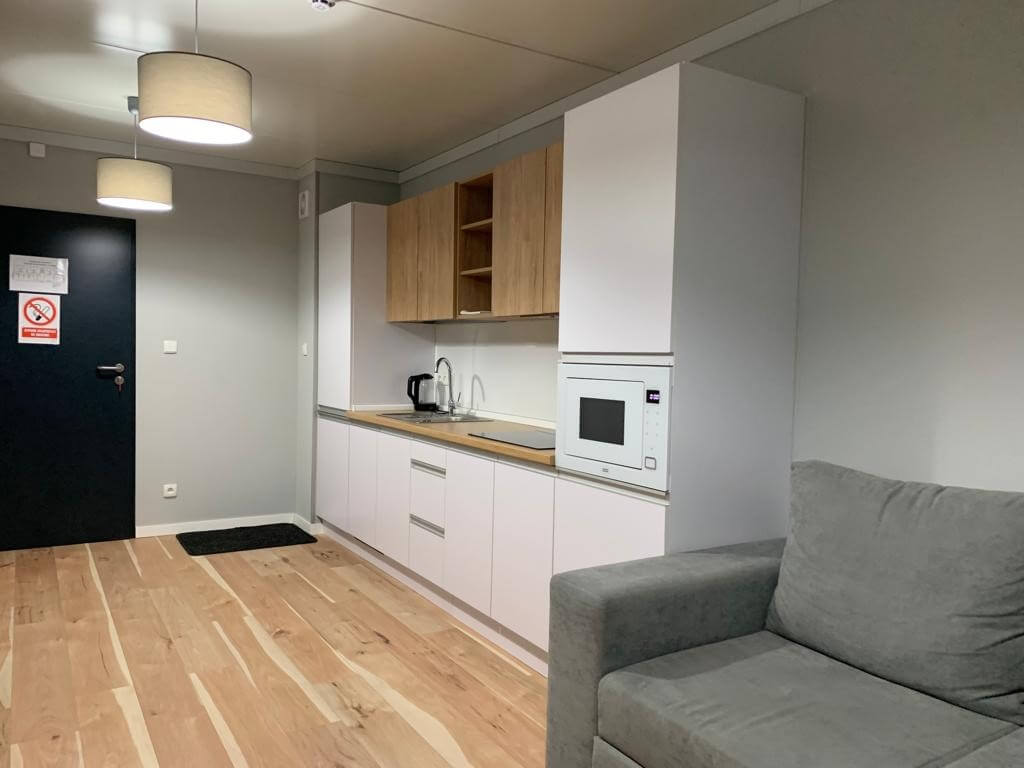
Shipping containers are engineered to withstand harsh marine environments, including extreme weather, heavy loads, and corrosion, which makes them inherently durable. Their steel frames can resist winds of up to 140 miles per hour and seismic activity, offering a level of structural resilience that surpasses many traditional homes, especially in disaster-prone areas. Properly maintained, container houses can have a lifespan of 25-30 years or more, with regular painting and rust prevention measures extending their durability even further.
The robust nature of containers also simplifies maintenance. Unlike wooden structures that require frequent termite treatments or roof repairs, steel containers are relatively low-maintenance, especially when coated with anti-corrosive paints and sealed against water intrusion. This durability, combined with their modular design, allows for easy repairs or modifications—individual containers can be replaced or upgraded without affecting the entire structure, a significant advantage for long-term use.
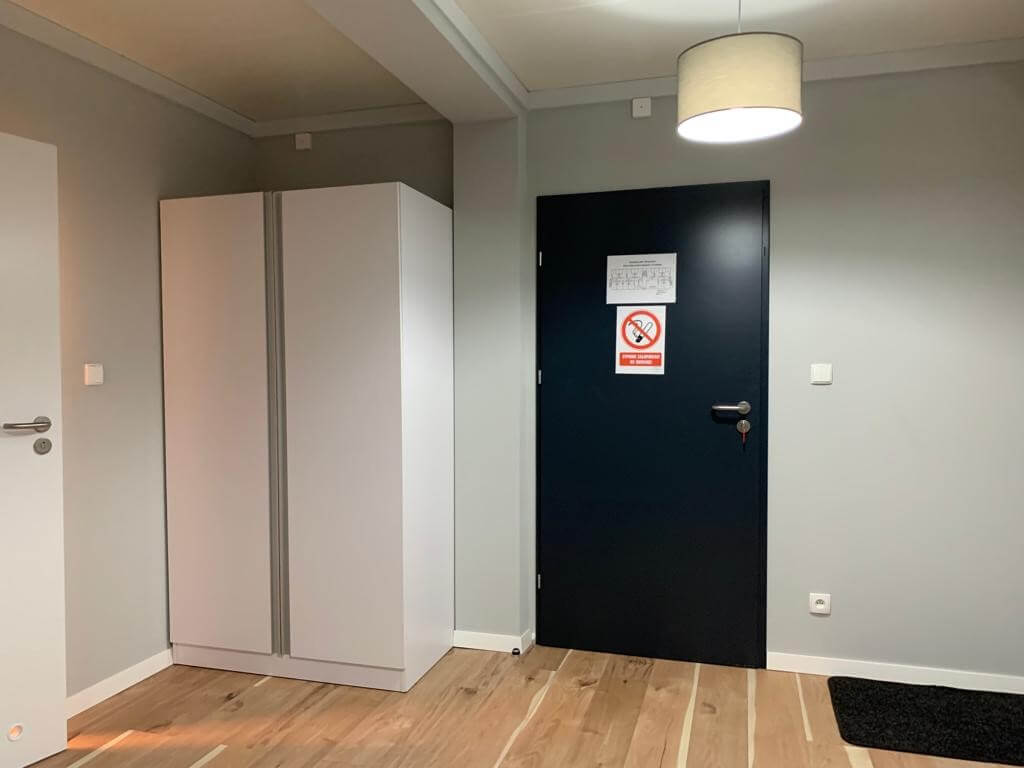
Container houses excel in addressing housing shortages in both urban and rural settings. In cities, where land prices are skyrocketing and space is limited, container structures offer a compact yet efficient solution for affordable housing, co-living spaces, or pop-up commercial venues. Their ability to be stacked vertically maximizes land use, contributing to denser, more sustainable urban environments. In rural or remote areas, where traditional construction materials are difficult to transport, container houses provide a practical alternative, utilizing prefabricated units that can be shipped directly to the site, reducing logistical challenges and construction time.
The versatility of container houses also extends to non-residential applications. They are increasingly used as offices, schools, healthcare clinics, and even retail stores, demonstrating their adaptability to various functional needs. For instance, a series of connected containers can form a modern office complex with flexible workspaces, while a single container might serve as a mobile medical clinic in underserved communities, bringing essential services to remote locations.
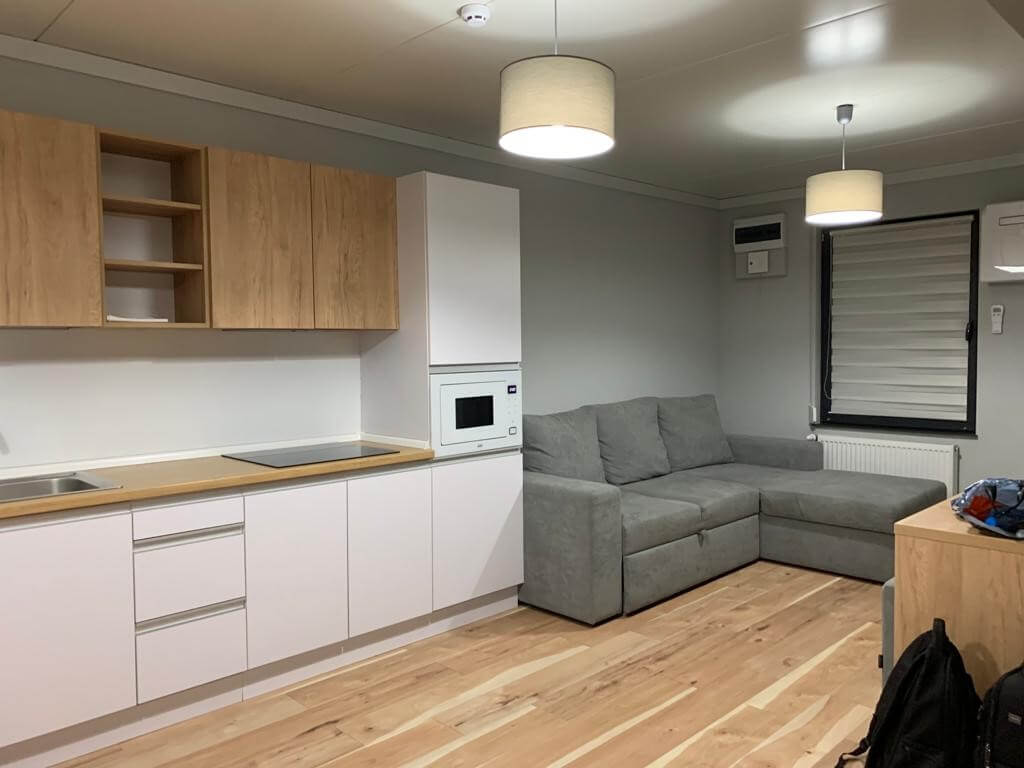
Container houses represent a paradigm shift in the way we think about construction and living spaces. By combining sustainability, cost-effectiveness, design flexibility, and structural resilience, they offer solutions to some of the most pressing challenges of the 21st century, from climate change and housing shortages to the demand for adaptable and mobile living environments. As technology and design continue to evolve, container houses are likely to become even more integrated into mainstream architecture, proving that innovation in construction can be both practical and visionary. Whether as a cozy rural retreat, a trendy urban loft, or a scalable commercial project, the container house stands as a testament to human ingenuity—transforming industrial relics into spaces that inspire, sustain, and adapt to the ever-changing needs of society.
